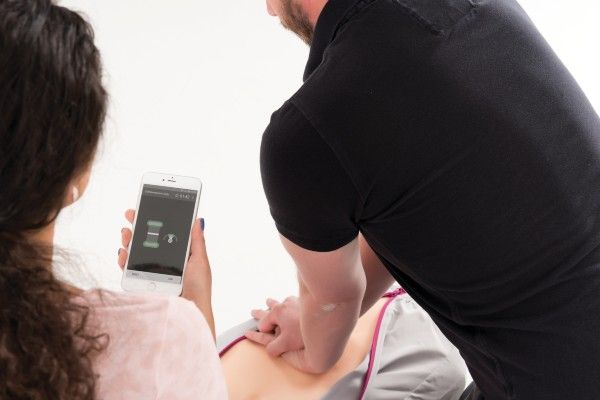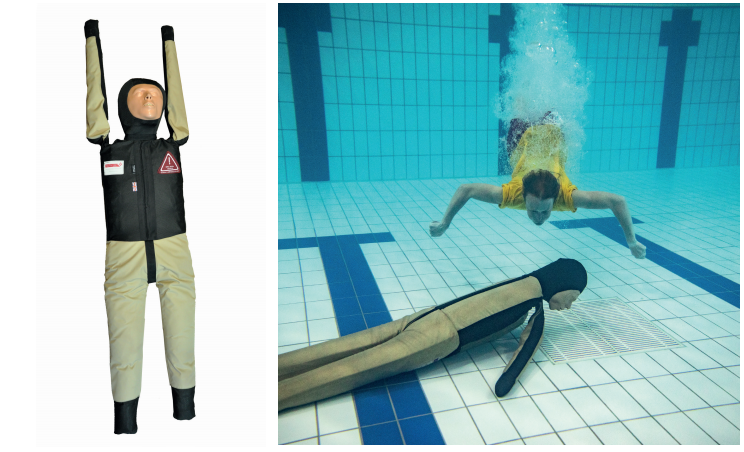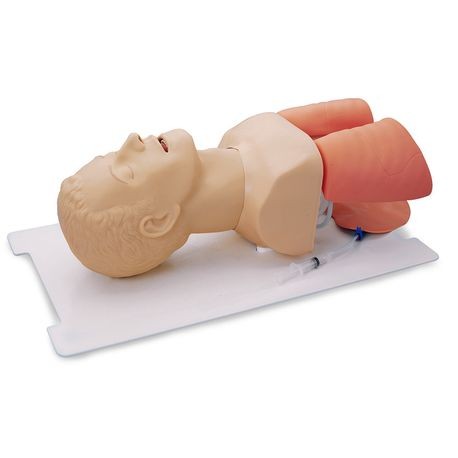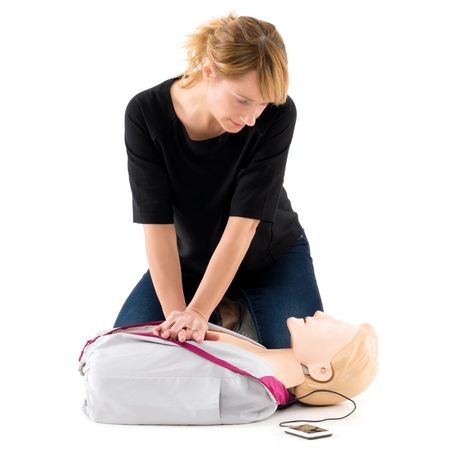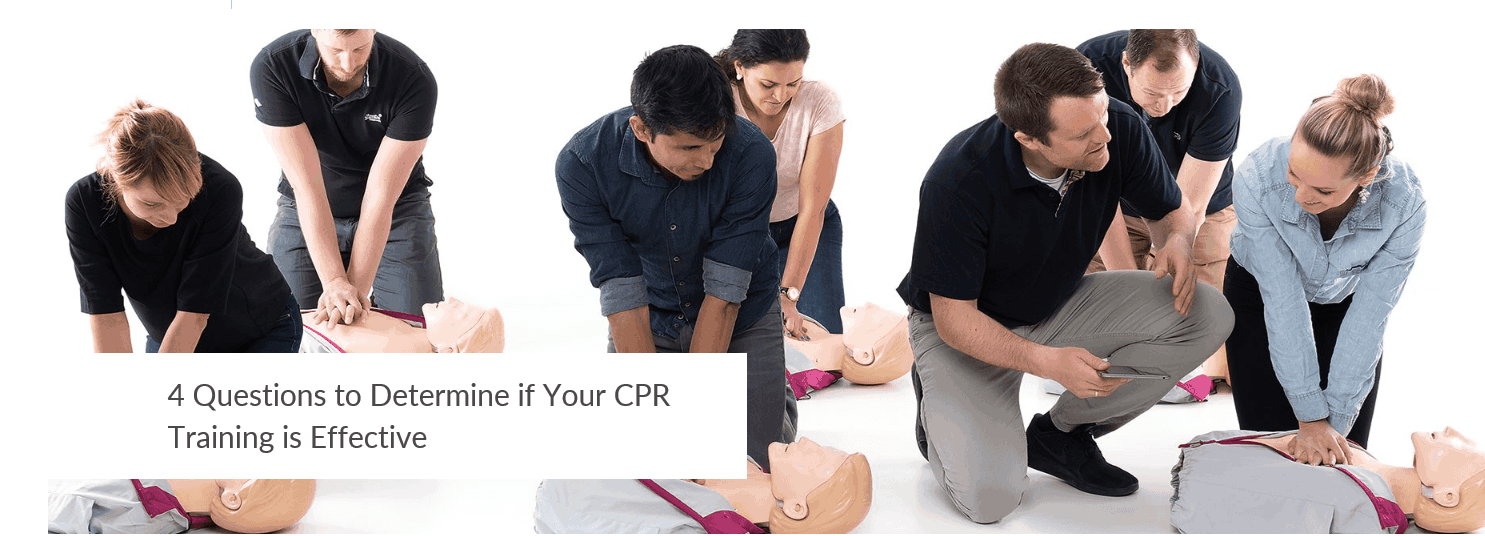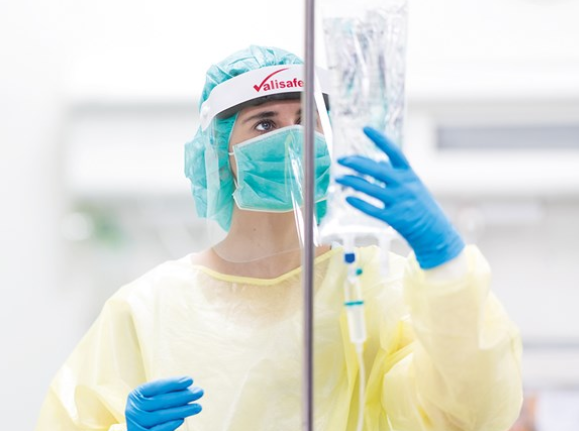
The Coronavirus disease (COVID-19) has created a healthcare crisis that has put a major training burden on hospitals, emergency medical services, and long-term care facilities, among others.
To assist you in preparing your staff and teams, Laerdal Medical and partners have created a set of free scenarios to help you prepare.
This case was written by Drs. Alia Dharamsi, SooJin Yi and Kate Hayman who are academic staff emergency physicians in Toronto. Laerdal has programmed the executable scenario using LLEAP software. The scenario file can be operated using Automatic Mode on either SimPad or LLEAP.
Suspected COVID-19 Scenario by EM Sim Cases: Preprogrammed for LLEAP Scenario | Download Scenario
Suspected COVID-19 Scenario by EM Sim Cases: Preprogrammed for SimPad | Download Scenario
Suspected COVID-19 Scenario by EM Sim Cases: Theme for LLEAP | Download Theme
Suspected COVID-19 Scenario by EM Sim Cases: Theme for SimPad | Download Theme
Download zip file with all scenarios and themes >
In this scenario a 28-year-old woman in active labor has just arrived at the labor ward. The woman is persistently coughing, feels warm, and is generally showing mild symptoms of Covid-19. She has regular and intensive contractions and birth is imminent. Upon arrival, the woman was triaged and moved with her partner to a birthing suite under isolation. The simulation will start when the woman is about to give birth in the delivery room. She is observed coughing and with a febrile appearance, but no physical assessment has been done.
Learning objectives
After simulation the participants should be able to:
This scenario presents a 55-years-old male presenting in the emergency room with fever, coughing and generally feeling unwell. He returned from travel in an endemic area for COVID-19 1 week ago. The front desk has prioritized him to immediate examination and isolation.
The participants are expected to prepare equipment, don PPE, assess patients and triage to home quarantine, educate patients, communicate effectively with interprofessional team, escalate standard precautions for all patients and safely dispose of equipment and PPE.
Learning objectives:
This scenario presents the expected arrival of a 71-years-old male with suspected COVID-19. The patient called the healthcare triage call center, with high fever, coughing, chest pain, and respiratory difficulty. 9 days ago, he met with his son who has now been tested positive for 2019-nCoV. The patient has a history of diabetes 2 and chronic liver disease.
The participants are expected to prepare equipment, don PPE, assess patient, administer supplemental oxygen, obtain a venous blood sample, order bedside x-ray, and triage to admission on either Intensive Care Unit (UCI) or monitored acute respiratory department, educate patient, communicate effectively with interprofessional team, escalate standard precautions for all patients and safely dispose of equipment and PPE.
Learning objectives:
Made in partnership with IngMar Medical.
This scenario presents a 71-years-old male with suspected COVID-19 already admitted to the Emergency Department. The patient was admitted to 1 hour ago and is waiting for an Intensive care bed.
The participants are expected to assess and recognize deterioration in the patient's respiratory condition. They should appropriately increase ventilatory support while maintaining appropriate respiratory precautions., and recognize the need for intubation and ventilator support.
Learning objectives - After the simulation, the participants should be able to:
Made in partnership with IngMar Medical.
This scenario presents with a 71-years-old male with suspected COVID-19 who was admitted from the Emergency Department with Severe Acute Respiratory Infection (SARI). Over 4 hours ago he was transferred to the Intensive Care Unit in an isolation bay.
The participants are expected to assess the patient's work of breathing, identify respiratory dyssynchrony, perform respiratory interventions and recognize the need for sedation to maximize the ventilation for the patient. The participants should communicate with the patient and follow isolation protocols including donning and doffing PPE for contact precaution.
Learning objectives:
Made in partnership with IngMar Medical.
This scenario presents a 71-years-old male with diagnosed COVID-19, who was triaged from the Emergency Department and transferred to the Intensive Care Unit in an isolation bay two days ago.
The participants are expected follow isolation protocols, including PPE for contact precaution. They should assess the patient’s saturation status, discuss proper respiratory treatment and recognize the need for turning the patient into a prone position. The participants should delegate roles, utilize closed-loop communication and successfully turn the sedated and paralyzed patient in one movement.
NOTE: This scenario contains an optional alternative partway with accidental extubation of the patient while turning him to prone position. The participants should then recognize the unintentional emergency incident and act immediately by reversing the patient to supine position, apply cricoid pressure, reintubate the patient and reconnect to a ventilator.
Learning objectives:
